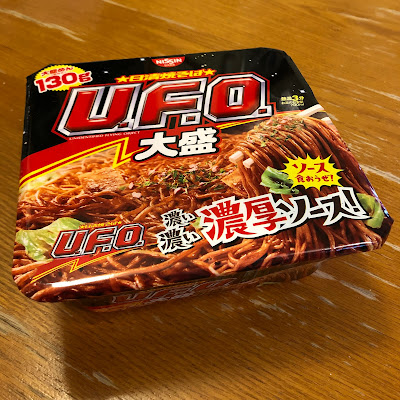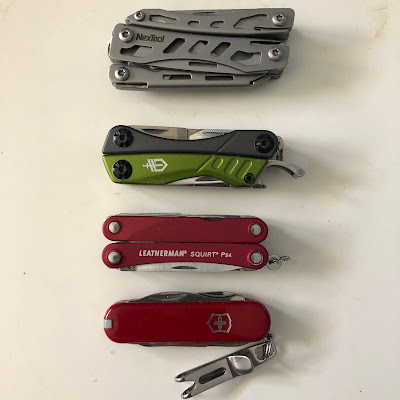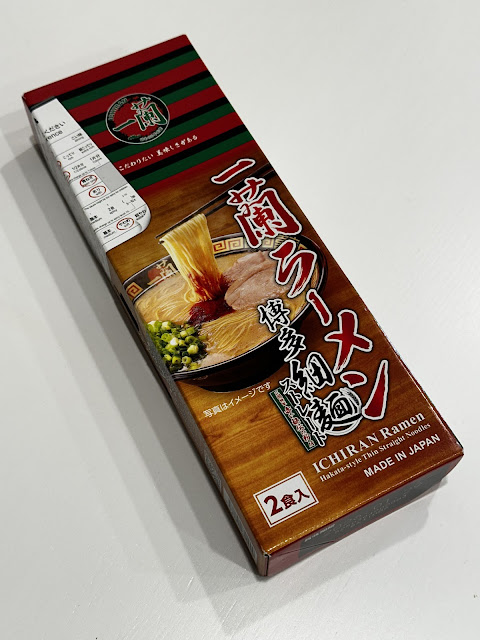Eating instant noodles at home is not the cheapest common denominator of food for me. Growing up in an Chinese household, it is utilized as the foundation block for a tasty meal that satisfies. It also helps if you do not use the cheapest instant noodles you can find and use the better quality Japanese, Hong Kong, or other Asian instant noodles which have better textured noodles and flavouring.
So what do you do to embellish a package of instant ramen that might come with powdered and liquid soup bases? Eating it plain is not filling and it is boring, even if the soup base is decent. Any ramen consists of soup, noodles, and toppings. You need all three to make a decent noodle soup. This article isn't about making your own broth or noodles - that is way too much work - but it is all about boosting your morale and filling your stomach with tasty food. These days, with all the staying at home, a tasty noodle bowl can be a great morale booster.
So, where to start?
I've already said to start with a tasty soup base, so pick an instant ramen that has a decent soup. They're all going to be salty, but guess what, real ramen is salty and fatty too, so lets get on with getting a decent selection of instant noodles to start from.
 |
| These are varieties of Nissin Hong Kong noodles that use straight somen noodles that are thin, straight noodles that cook quickly. I don't mind these noodles, but they are not ramen noodles - the fried noodles do have a different texture and chew. The varieties from left to right are black garlic flavour, dan dan flavour, and a mildly spicy miso. Dried noodles are lower in fat than fried noodles obviously. |
 |
| These are Japanese air-dried ramen noodles from Japan that are whole wheat. The varieties here - going clockwise from the top left - include miso, a tsukumen - thick noodles dipped in a thick sauce, a shoyu flavour, and a spicier dan dan mein. The Japanese noodles don't tend to be too spicy unless they say they are super hot, which is good for me as I like mild to medium heat. These RAOH brand noodles are a wonder of dried noodle tech as they have a texture that is like real ramen and are air dried. |
 |
| This is a grab bag of different noodle varieties. The varieties here - going clockwise from the top left - are a Korean soba ramen, Korean mildly spicy seafood flavour, the classic Nissin Chikin ramen - the world's first instant ramen too, a Maruchan shoyu /tonkotsu ramen, a Nissin shoyu seafood ramen, and a classic Nissin Hong Kong black garlic tonkotsu. |
 |
| This is another grab bag of different noodle varieties. The varieties here - going clockwise from the top left - are Nongshim spicy miso - low medium spicy, a Ja Jangmen sweet and savoury ramen, a spicy seafood ramen, and a spicy sesame ramen with dehydrated egg. The Nongshim spicy miso flavour is a big favourite right now - goes great with seafood and a number of other bbq meats. |
Making a Bowl of Ramen
Once you have your ramen picked out, you need to add toppings to it. The ramen noodles are kind of a given based on the type of ramen you pick. Be aware that there are thin, regular, and thicker noodles which will give different kinds of chew and eating experiences. The example I'm going to show below makes a bowl of ramen from the Nongshim spicy miso flavoured ramen or beef & fermented bean if it is manufactured in the United States.
 |
| Front of the Ansung miso ramen package. |
 |
| Back of the Ansung miso ramen package. |
The bowl of ramen soup I made required baby bok choy, a bunch of leftover bbq lamb with Chinese five-spice flavouring and the Ansung ramen package. The instant ramen came with a pouch of powdered soup base, and a dried ingredients satchet that included shitake mushrooms, carrot, and seaweed.
 |
| The ingredients for my ramen lunch. You need to wash the baby bok choy carefully to get rid of any grit and dirt down at the base and cut the bases off. |
 |
| I start the noodles off first along with adding the soup base and dried ingredients. These noodles take four to five minutes in boiling water to cook. Make sure you add the 500 mls of water for these thicker noodles. After the noodles have cooked for 3 minutes or so, blanche the choy by throwing it in and stirring. This will cook the choy just right for 1 to 2 minutes. |
 |
| At the 4 minute mark, throw in the lamb or whatever cooked meat you have on hand to warm it up, or just put it on later. |
 |
| The finished bowl of ramen noodles and toppings. It was good. |
I've also used this Ansung miso ramen with pre-cooked fish balls. I find that the spicy miso goes really well with them. I don't always want a spicy ramen, but it is definitely on my ramen rotation. I do not like the super spicy soups or ramen as its just heat and no flavour.
 |
| Spicy miso ramen with Korean fried fish balls. You need to put the frozen fish balls into the water first to start them cooking. After they have cooked for two minutes or three minutes, you can put in the noodles to get them to cook for the four to five minutes. If you have green onions to add, don't cook them, just toss them in at the very last moment or sprinkle on top of your bowl. |
 |
| Spicy miso ramen with fish balls. Yum! |
 |
| Another spicy miso ramen with fish balls and shanghai bok choy. |
More Examples of Homemade Instant Ramen
You can see that it is pretty easy to make a bowl of tasty instant noodles at home. In this section, I have a bunch of pictures of other kinds of ramen made with whatever is on hand. Instant ramen really is a dish that lends itself to your own customization - something you don't do with canned soup or many other quickly prepared instant foods.
 |
| A spicy miso / pork ramen from Hong Kong. |
 |
| I fried up some SPAM and cooked some frozen beans and carrots in the soup to make this spicy miso / pork ramen bowl. |
 |
| Bowl of noodles with weiners, broccoli, and bock choy. |
 |
| Bowl of noodles with leftover pulled pork, frozen beans and carrots. |
 |
| A tonkotsu ramen with slices of SPAM and green onions. |
 |
| A black garlic oil ramen with sliced turkey breast, choy and green onion. |
 |
| Ramen with char sui pork, Shanghai bok choy, and green onions. |
 |
| Ramen with leftover roast chicken, boiled egg, green onions, and yu choy. Left over roast chicken lends itself to most ramen recipes nicely. |
Wrap Up
Enjoy your instant noodles the way to want, but you can see that any package of instant noodles can be livened up a great deal by adding in vegetables and meat. I also like to add pre-boiled eggs to different kinds of ramen to add another dimension to it or frozen pre-cooked dumplings too (wontons if precooked too). A bowl of instant noodles is a meal that can be delicious and satisfying at the same time.
Follow me on Twitter a
@Tostzilla or my
feedburner.
More cup noodle / instant ramen reviews and Japanese pop culture.
































Comments
Post a Comment